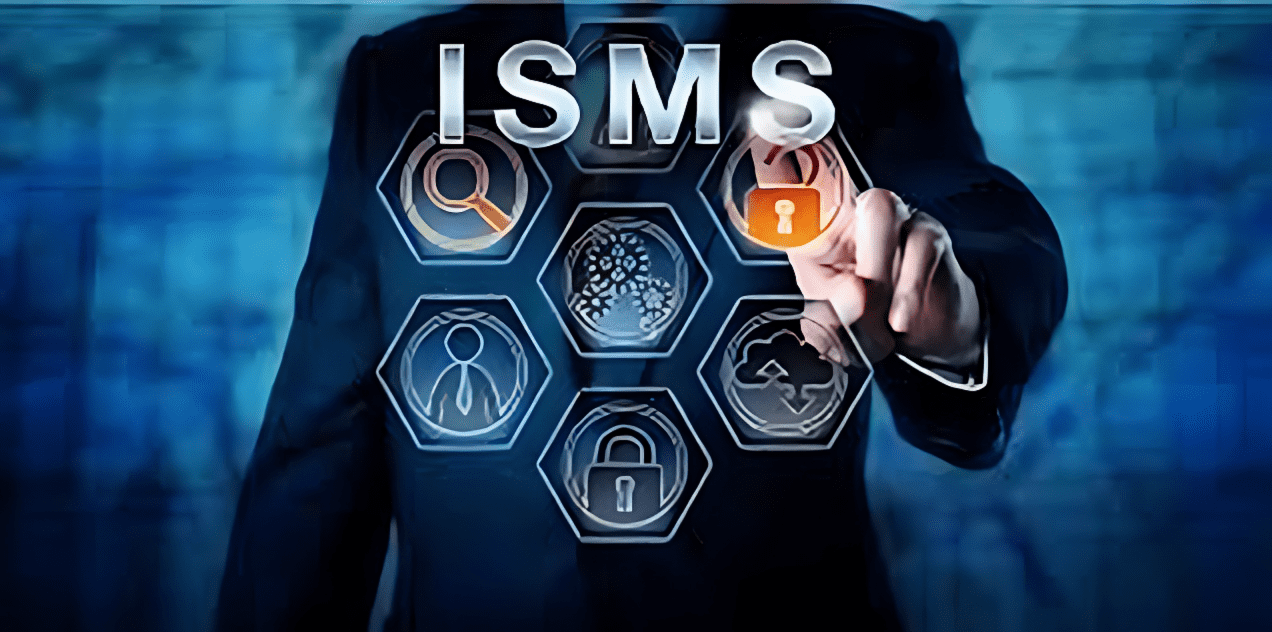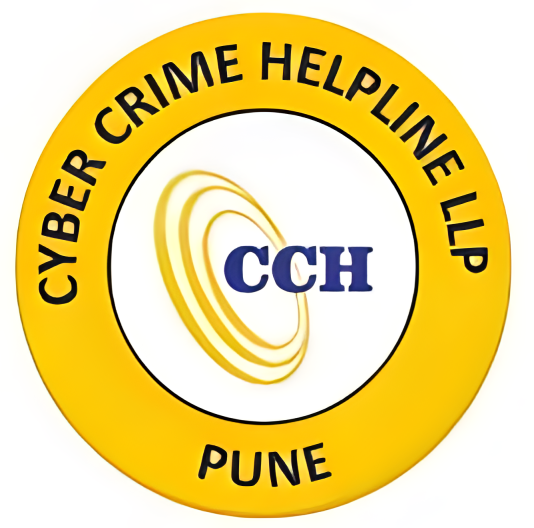Information Security Management
Information Security Management

FOR CORPORATE: Information Security Management System :
An information security management system (ISMS) is a framework of policies and procedures for systematically managing an organization’s sensitive data.
It includes the processes, people, technology, and procedures that are designed to protect against unauthorized access, use, disclosure, disruption, modification, or destruction of information.
Framework Adoption: Adopting a recognized framework, such as ISO/IEC 27001, for the implementation of the ISMS.
Policy Development: Establishing information security policies and procedures tailored to the organization's needs and objectives.
Roles and Responsibilities: Clearly define roles and responsibilities for managing and maintaining the ISMS.
Risk Assessment and Mitigation :
Comprehensive Risk Assessment: Identifying and assessing information security risks to the organization's assets, including data, systems, and processes.
Risk Mitigation Strategies: Developing and implementing strategies to mitigate identified risks, considering technical, procedural, and organizational measures.
Residual Risk Evaluation: Evaluating the remaining risk after the application of mitigating controls to ensure an acceptable level of risk.
Security Policy Management :
Policy Development: Creating a set of information security policies that align with organizational goals and legal/regulatory requirements.
Communication and Awareness: Communicating security policies to employees and stakeholders and ensuring awareness of their importance.
Periodic Review and Update: Regularly reviewing and updating security policies to address changing threats, technologies, and business requirements.
Continuous Monitoring and Improvement :
Ongoing Monitoring: Implementing tools and processes for continuous monitoring of the ISMS to detect and respond to security incidents promptly.
Performance Measurement: Establishing key performance indicators (KPIs) to measure the effectiveness of security controls and the overall ISMS.
Incident Response and Lessons Learned: Conduct post-incident reviews, identifying lessons learned, and updating the ISMS based on insights gained.


